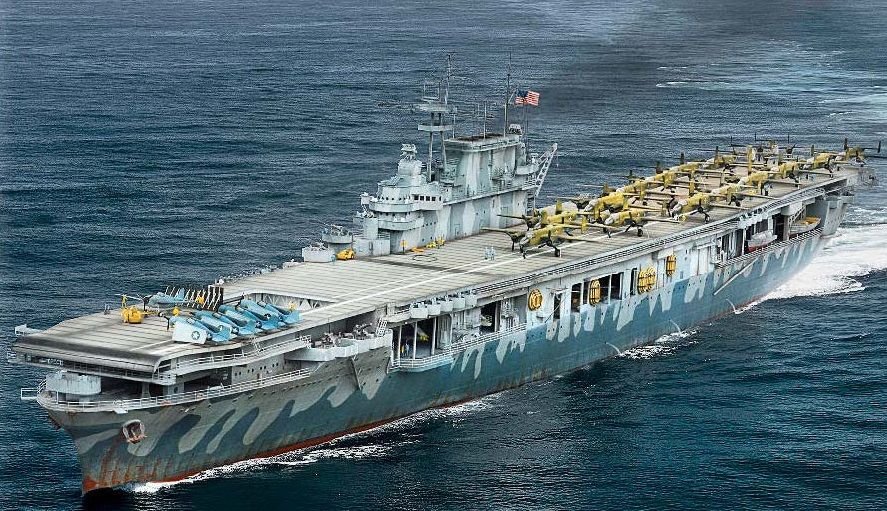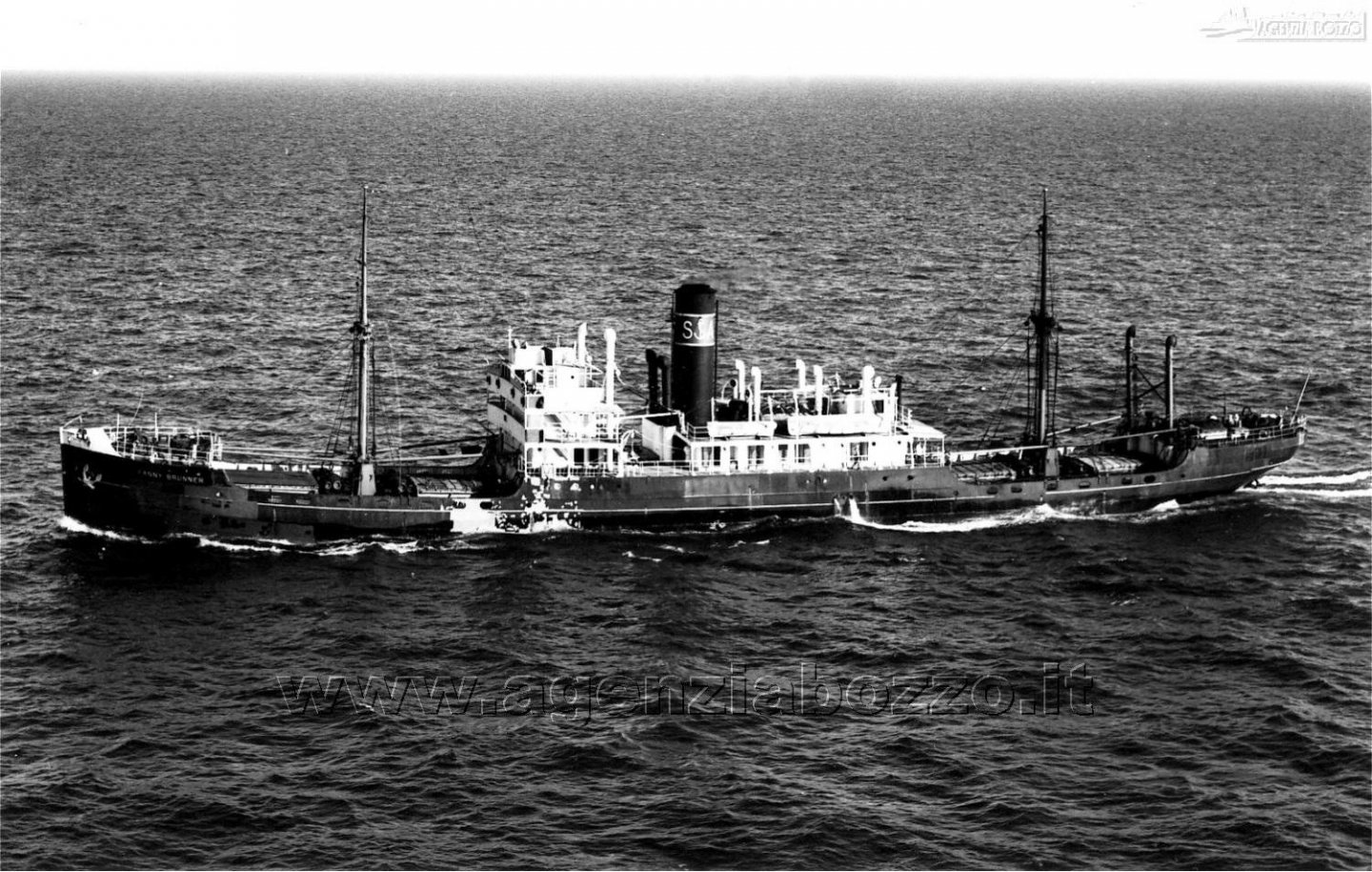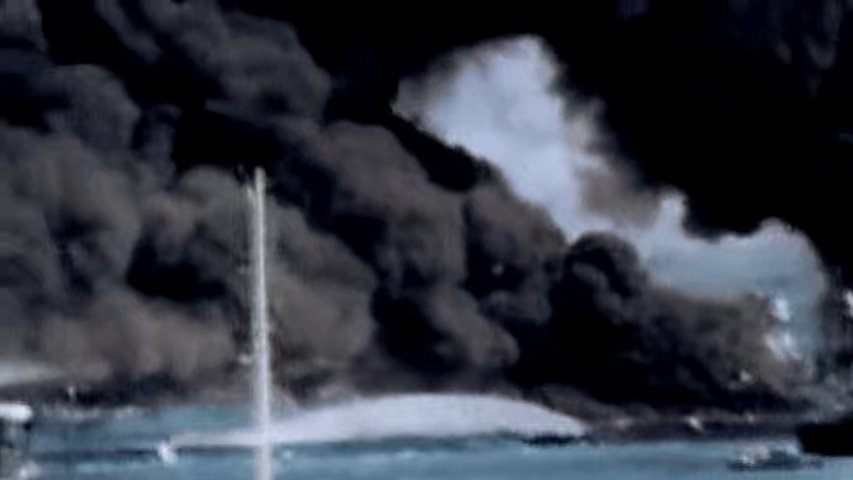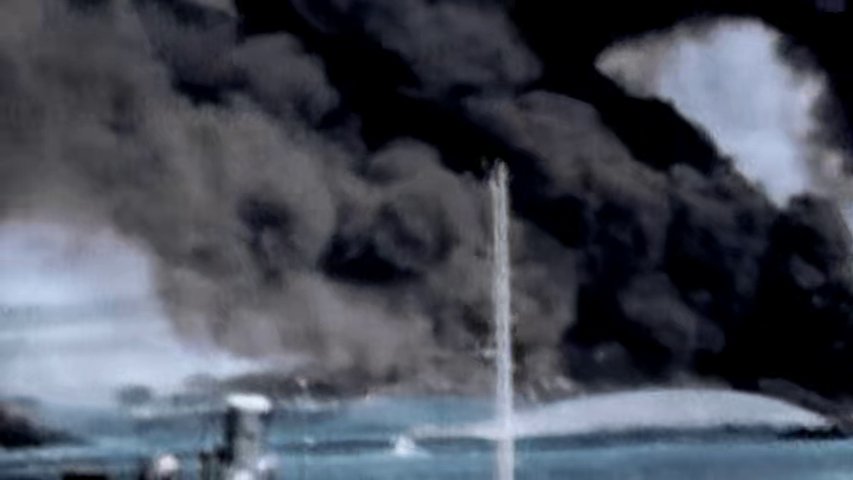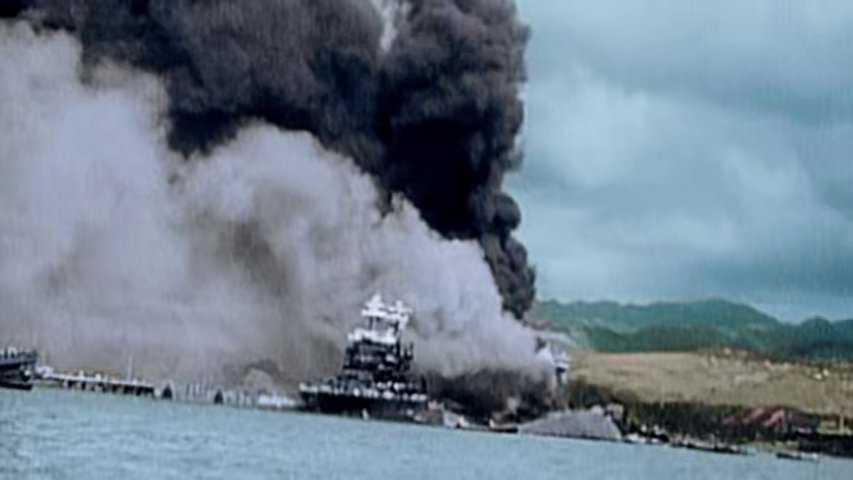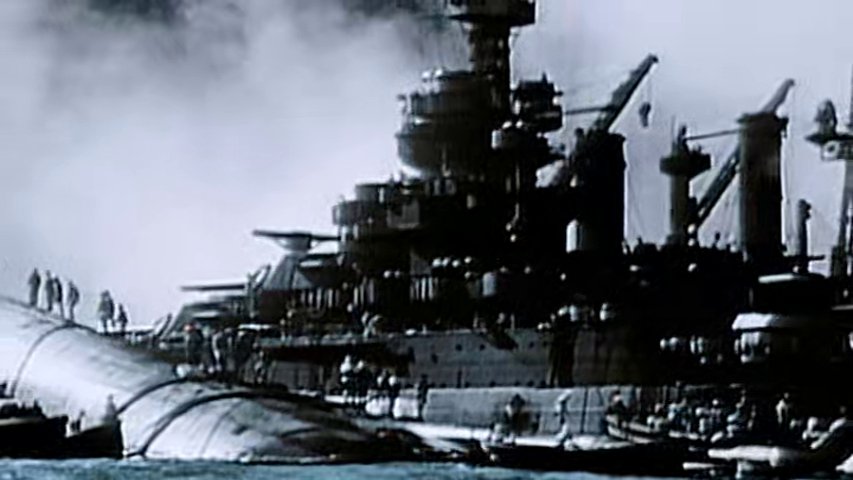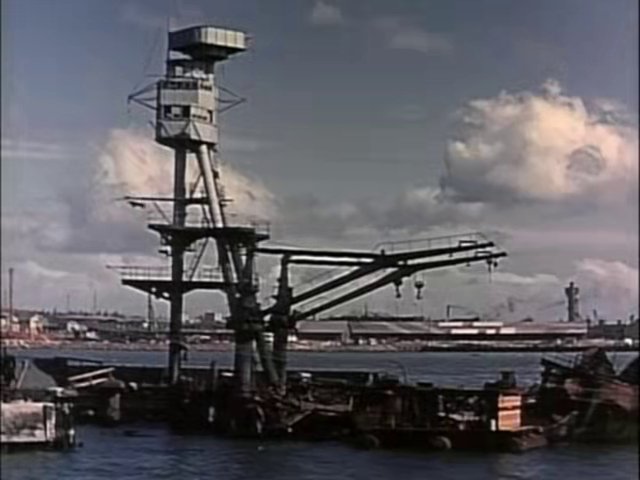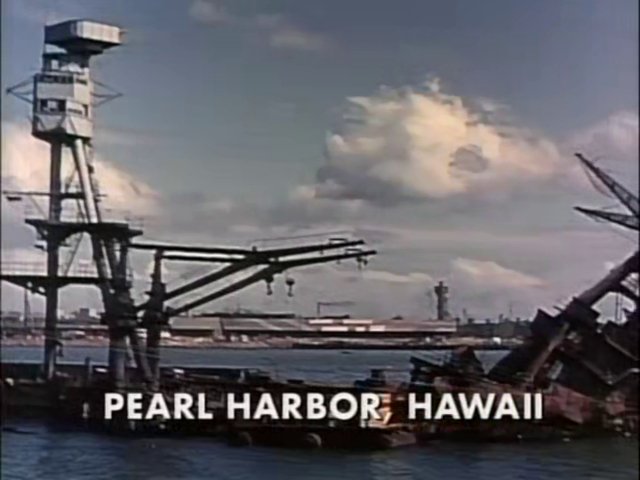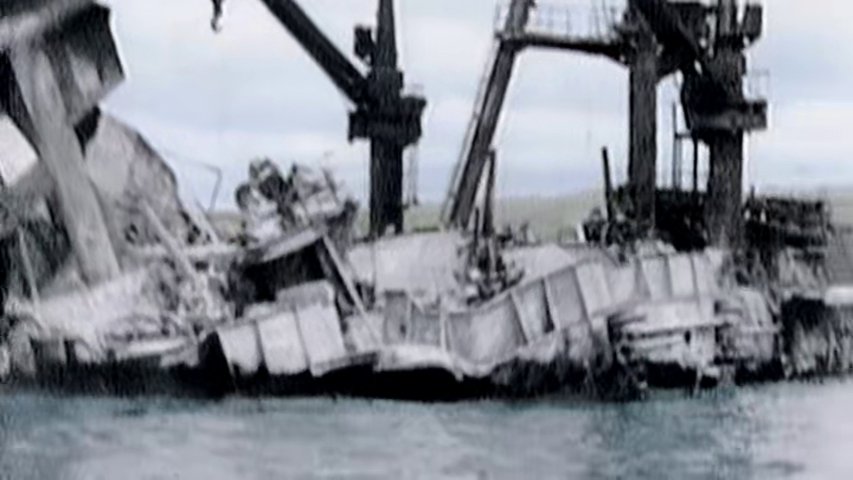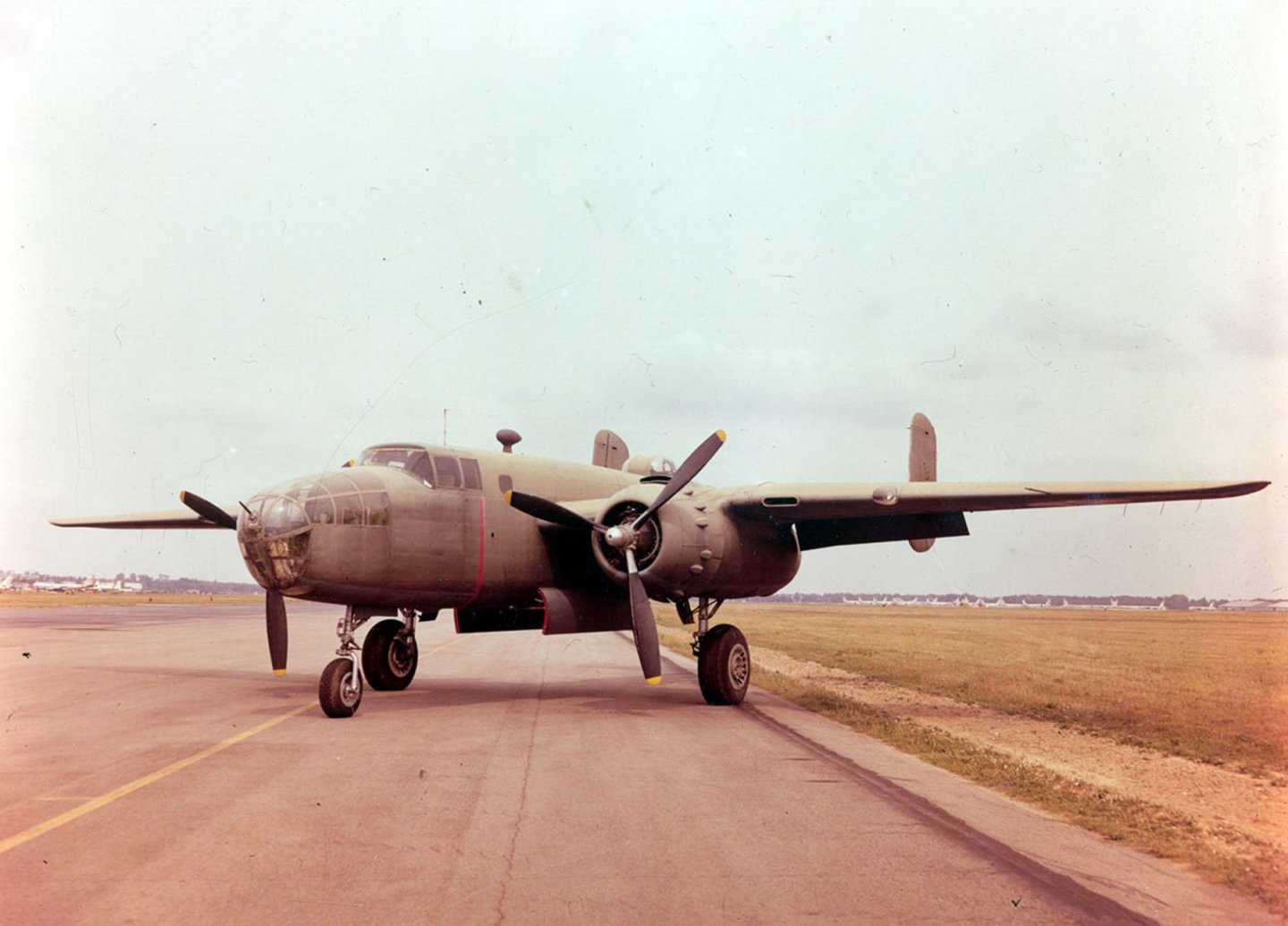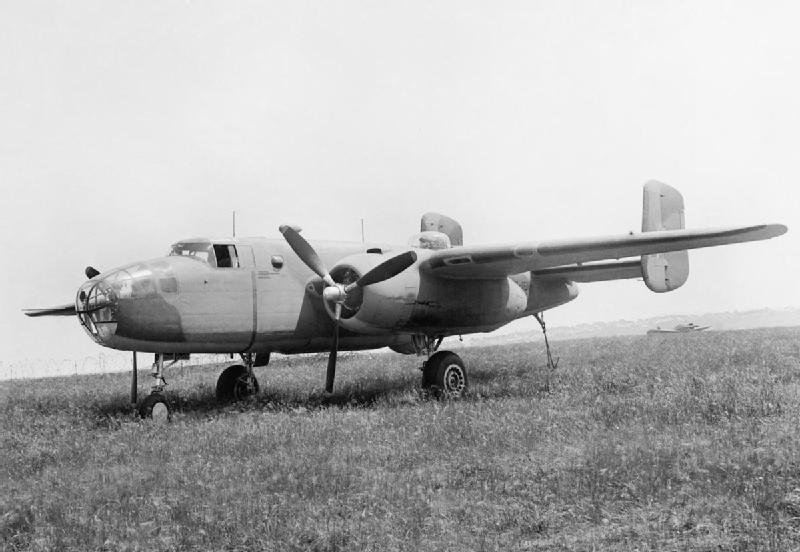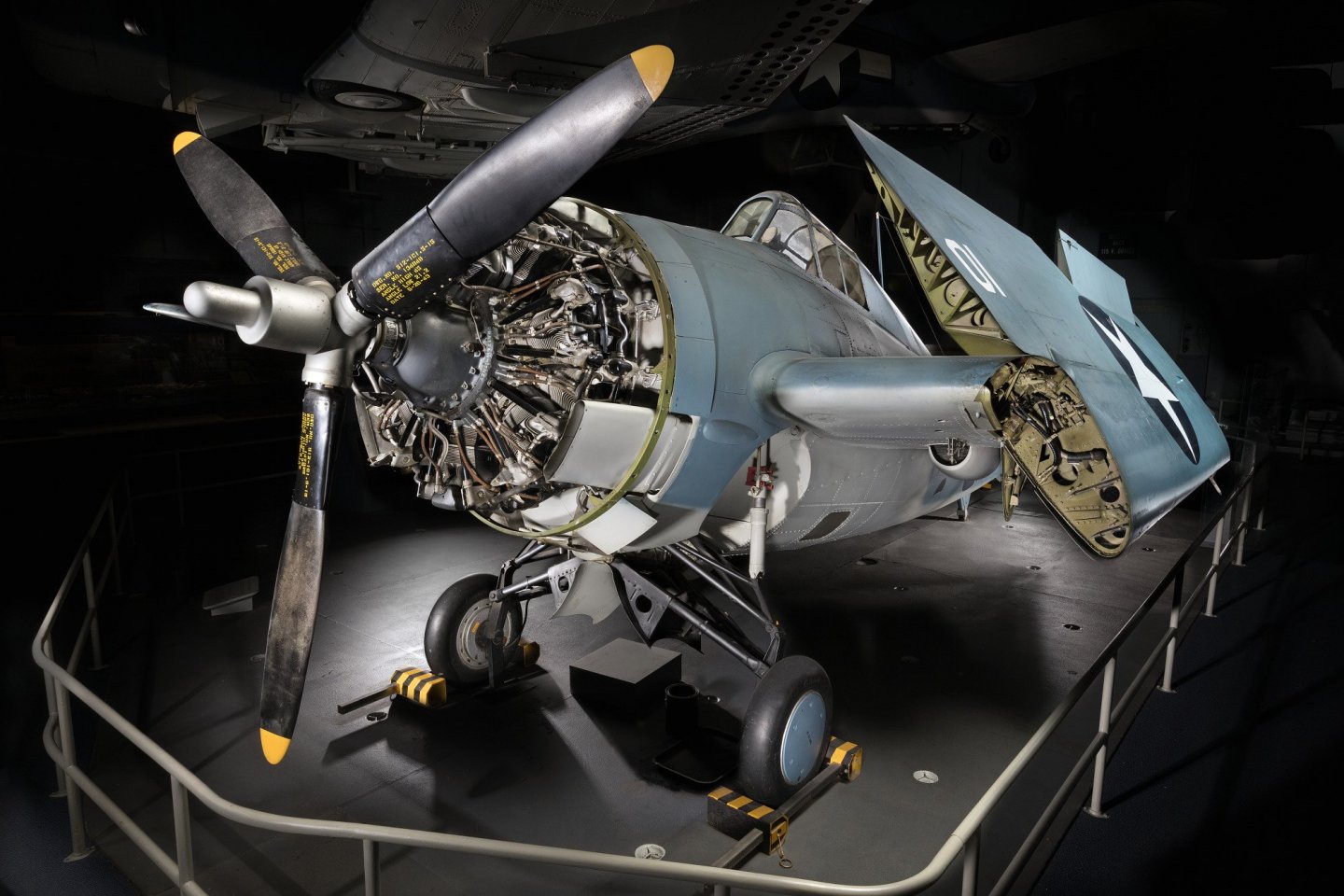-
Posts
4,377 -
Joined
-
Last visited
Content Type
Profiles
Forums
Gallery
Events
Everything posted by Egilman
-
Good choice, they always look better with some contrast between the shiny skin with more flat looking markings and insignias.... Semi Gloss would probably been more photographically correct but flat makes the skin pop... Beautiful work my friend, best looking F3F's I've ever seen... Great Job finishing...
-

WW2 ship drawings anyone know what this is?
Egilman replied to Dean77's topic in Nautical/Naval History
I think this might be at least your ship type.... http://www.agenziabozzo.it/vecchie_navi/B-Vapore/Navi_1850-1950_B555_Fanny_Brunner_nave_mercantile_costruzione_1925.htm Built in the same period, she has the same profile and deck structures.... -

Color film: Pearl Harbor, Spring 1942.
Egilman replied to uss frolick's topic in Nautical/Naval History
Ok, I'm getting ready to do some shipbuilding, namely the USS Arizona.... Now I know the Arizona was in Ms. 1 scheme, Sea Blue 5-S... the research I've been doing says she was painted by the crew just after she left drydock in November from her Collision with the Oklahoma.... But in my travels thru the archives, (mine and others) I've found a number of other color references to the battle line in Pearl on that fateful day. In the video that USS frolic posted above we have the West Virginia in Sea Blue, and later the USS Nevada in Dark Grey... Now from prior research I know that the USS Oklahoma was also in Dark Grey and the USS Tennessee was in Sea Blue... but what about the others? The USS Maryland, USS Pennsylvania & USS California? Well I think I've resolved the USS Maryland.... she was in Sea Blue.... Notice the hull behind the capsized USS Oklahoma? that is the USS Maryland.... Sure looks like blue to me... (another pic from a slightly different angle) Here you can pick out the sharp raked bow of the USS Maryland to the left of the ships stack you can also pick out the sheer of the hull... (another pic from a different day, dark and overcast and across the bay, I guestimate at least a half a mile away) Now the sheer of the hull will naturally appear as black at this distance but with the smoke clearing from the attack you can clearly see her upper works.... Clearly, on a muted gloomy overcast day, the camera from a great distance recorded blue.... The USS Maryland was Blue.... You can clearly see the steam arising from the USS West Virginia as she was cooling down and the Black smoke still arising from the still burning USS Arizona... This has to be the day after the attack.... One more shot of her on the 9th just before they pull her out from behind the USS Oklahoma... And oblique angle yes, but you can clearly see the hull and parts of the superstructure reflecting blue... I think that settles it for the USS Maryland..... I also found a couple of shots of the USS Arizona before they started salvaging her... The Arizona was badly burned and was so hot that she started fires on the USS Tennessee and USS West Virginia, the heat reached back to where it scorched the legs of the main mast and was so hot that the catapult mounted to her turret #3 was warped... Here you can see the level of scorching but her #3 turret still shows blue and the lower main mast and boat crane pedestals still show blue peeking aout from beneath the scorched paint... There is another shot at a slightly different angle.... Just rotated slightly to the right, the change in light angle clearly shows the blue paint on her boat crane pedestals.... One more shot, different day, reverse angle, different light, different camera... About week after the attack, the forward works, (now bare metal) haven't started rusting yet but the fires are out. Here she is still cooling down you can clearly see the paint scorched off the legs of the mainmast, and the port side boat crane, look at the scorched starboard side boat crane, I"mm be darned if she doesn't present as blue, even from the side that took a massive amount of heat..... I think that confirms that the AZ was blue.... In fact, despite most of the confusion the official documents show about painting the Pacific Fleet Battleships, in general the battle line was predominantly in Measure 1, given their 5-L light grey tops and 5-S Sea Blue on everything else.... The Pacific Fleet was almost all the way through repainting the battleship line in 5-S Sea Blue at the time of the attack in the same Ms 1 pattern they were in before.... They only had three ships left to go.... EG -

Dornier Do-217K-1 by Papa - FINISHED - Revell - 1/72 - PLASTIC
Egilman replied to Papa's topic in Non-ship/categorised builds
No, smaller.... -
Yeah, it gave you a bit of orange peel there from drying too fast.... The problem with recoating is getting the finish too thick, Looks great and I like the subtle shading effect. I would experiment on scrap with some clear coats and see how far you can thin them for spraying yet still get them to level...... Beautiful yellow birds.....
-
The Air Force didn't want to give it up, McNamara ordered it to be decommissioned..... over strenuous objections...... Besides they were working on the TFX Tactical fighter system to be used jointly by the AF & Navy off of carriers.... (the TFX eventually developed into the FB-111, a far superior aircraft to the B-58 in the low level nuclear delivery role once the fighter role was dropped) The FB-111 could do supersonic nap of the earth flight profiles which the B-58 could not...... The soviet missile was the S-2 Guideline, similar to the Nike-Hercules and was almost successful in taking down a couple of SR-71's that's why they stopped overflying Russia & China with the SR-71...... (eventually they were going to get one and that would be worse than getting the pair of U-2's they did shoot down)
-
Those were flintlocks back then. the engineering progression goes Matchlock - Flintlock - Caplock... the percussion cap was the first efficient and truly safe way to fire one of those... Running around with a flintlock was a lot safer than having to run' load and fire handling open gunpowder with a burning match attached to you all the time...
-
The Atlantis kits are old Revell molds, I believe they were the original "Box" scales from the 50's early 60's..... yes they actually designed models to fit the box they were being packed in!.... But they are probably molded in today's formulation of styrene plastic, not that silver, green or blue thin brittle stuff.... Nice kits if you can live with the non uniform scale....
-

1930 BENTLEY 4.5 LITRE by MadDogMcQ - AIRFIX 1:12th Scale
Egilman replied to MadDogMcQ's topic in Non-ship/categorised builds
I'll give you a clue to what it tells us looking on.... Forget the qualifier, you ARE a modeler is what it tells me, whatever medium you work in you produce quality..... that is what we all strive for and you have it.... Beautiful Job..... Well done... -
Hi Phil... I built this one when I was a kid. Been meaning to do another but not until I get the finish down.... There are many techniques for doing a Bare Metal Finish.... Polished Aluminum is one of the most difficult as my F-104 build demonstrated....... Will be following closely, pulling up the comfy chair right now.... (in for the long run) EG
-
Welcome to MSW from the PNW!!!!
-
From the AF Museum, B-25B, the wheel doors were closed/up when on the ground.... (the same for all B-25's) North American B-25B Mitchell Mk I, FK161, the first Mitchell to be delivered to RAF Bomber Command, summer 1942 (where most of the B-25B's wound up, picture courtsey of IWM, # MH 5773) If you have a pic with them down when parked it's either a postwar mod or they are working on it..... All wartime B-25's had them closed on the ground..... Good to see you working again brother.... building is great therapy for most ills..... Wish you a speedy recovery, and by the look of your work your well on your way....
-
Good deal!.. The F4F-4 IS an FM-1 the only difference being it was built at the Eastern Aircraft division of General Motors in Linden New Jersey.... (a mid war, late model F4F) the definitive example is in the NASM.... The Wildcat in the National Air and Space Museum, Navy Bureau of Aeronautics serial number 15392, is the four-hundredth FM-1 built by GM, it served for 13 months at the NAS, Norman Ok. when it was struck and put in storage. It was donated to the Museum in 1960.... A completely unaltered, in service, midwar, FM-1.... Can't beat a reference like that.... I'll tell ya right now I'm in..... Shame it can't be done correctly as a yellowbird, but it would be one step from it....
-
This is pretty much my technique, I use the water they are soaked with to initially position, micro set for final positioning, and when that is completely dry, micro sol for locking them in place... Beautiful job my friend they really look the business... like you say a bit of panel line highlighting (a small amount) and they will be stunning..... Beautiful yellow birds.... Well done fuselage work.....
About us
Modelshipworld - Advancing Ship Modeling through Research
SSL Secured
Your security is important for us so this Website is SSL-Secured
NRG Mailing Address
Nautical Research Guild
237 South Lincoln Street
Westmont IL, 60559-1917
Model Ship World ® and the MSW logo are Registered Trademarks, and belong to the Nautical Research Guild (United States Patent and Trademark Office: No. 6,929,264 & No. 6,929,274, registered Dec. 20, 2022)
Helpful Links
About the NRG
If you enjoy building ship models that are historically accurate as well as beautiful, then The Nautical Research Guild (NRG) is just right for you.
The Guild is a non-profit educational organization whose mission is to “Advance Ship Modeling Through Research”. We provide support to our members in their efforts to raise the quality of their model ships.
The Nautical Research Guild has published our world-renowned quarterly magazine, The Nautical Research Journal, since 1955. The pages of the Journal are full of articles by accomplished ship modelers who show you how they create those exquisite details on their models, and by maritime historians who show you the correct details to build. The Journal is available in both print and digital editions. Go to the NRG web site (www.thenrg.org) to download a complimentary digital copy of the Journal. The NRG also publishes plan sets, books and compilations of back issues of the Journal and the former Ships in Scale and Model Ship Builder magazines.

